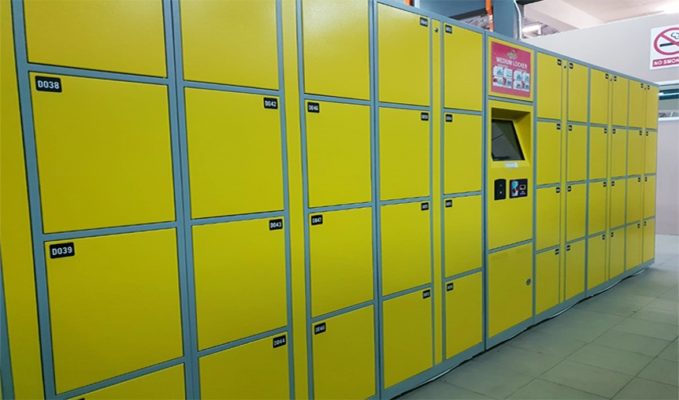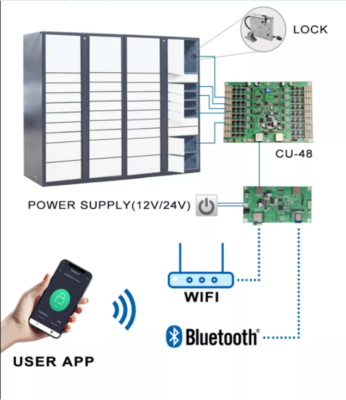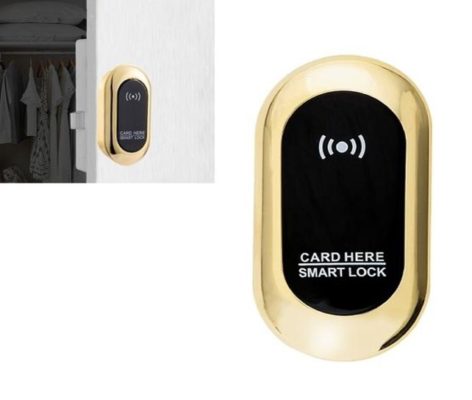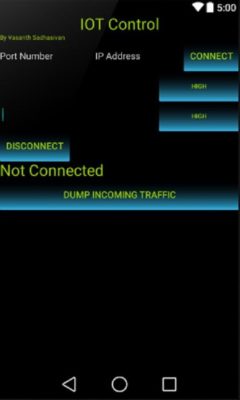Along with the advancement of technology, the devices around us are becoming “smarter”. Including a smart locker, a solution for today’s delivery. A smart locker is a locker with integrated sensors and software, which can automatically distribute packages and notify recipients. The recipient is provided with access instructions in the form of a barcode, access code, or order number, and receives by authenticating via the mobile app or the screen at the kiosk where the locker is located. The smart locker can be unlocked by card, fingerprint, or on the user’s application.

Smart Locker is the solution for the e-commerce and logistics industry. (Source: https://lockernlock.vn/tu-locker-thong-minh-cho-thu-vien/)
So how can we develop such a smart and convenient product? What are the parts of the smart locker and how to develop software for it? Today. Let’s learn about this wonderful technology with Speranza.
Sensors
The essential thing that helps a Locker become smart is the sensor installed at the door latch. This is a physical device capable of automatically collecting information from the environment and sending it to the processor. The first sensor in the smart locker must include a fingerprint or magnetic card to help unlock. It also helps to see if the lock is open or closed. More advanced, sensors that can recognize the door are not fully closed and alert you, or detect attempts to break through the door. In addition, users can integrate more advanced types to recognize faces, or temperature sensors to warn if the temperature is too much.

The sensor makes devices smarter (Source: https://mesidas.com/sensor/)
The sensor works based on physical principles, using popular encryption like AES128 to block unauthorized access. The smart locker sensor has a magnet attached to the door, 4-5cm from the lockset. Since we open the door of the locker by pulling it out, the magnet is attached perpendicular to the bottom edge of the lock.
Board Control Unit –The brain of the system
Corresponding to its name, this is the central chip that controls the operation of the locker. The Control Unit can be compared with the brain, and the sensors are limbs. And it can connect to other devices via the Internet or Bluetooth. The structure of the Control Unit includes input/output ports, memory, and processor cores. Input is data collected from sensors, output is actuators or switches. Memory (ROM/RAM) to store information and then send it to the microprocessor, the microprocessor will respond to control and timing signals to direct the operation of others.
The role of the Board Control Unit is very important, from receiving fingerprint or magnetic card information to unlock, to sending alerts to the user’s mobile app. If the sensor sends incorrect data, it will cause the controller to handle the error, causing unwanted harm.

Smart Locker can’t work without Board Control Unit (Source: https://www.alibaba.com/product-detail/KERONG-Security-Smart-PCB-Locker-Control_60636923190.html)
Smart Locker Lockset
Of course, the locker must have a lockset. The lock consists of a body fastened to the door and an external control panel, containing sensors and microprocessors, and may also have a screen. Different parts will use different materials.
The lock body has a latch, also known as a lock blade, has a dynamic structure to help open / close the locker door. It is usually made of stainless steel, if made by copper then more expensive. The outer control surface is usually made of plastic if the lockset is unlocked by a card, but the fingerprint sensor uses glass for efficiency. In addition, there is room for manual locking in case of emergency or machine failure.

Lockset unlocked by card in smart locker (Source: https://flutter-shop.com/1303343/product/locker-door-ic-sensor-lock-random-color-delivery.html)
The Application for Smart Locker – hardware apk
This is an application on the user’s phone, directly connecting to the smart locker system via the Internet or Bluetooth by rest API. The app must be compatible with the device’s hardware, usually built on top of Android due to its popularity. This application helps users to manage information, open and close or view warnings (if any). It must have high security and the ability to share data quickly.
There are many popular platforms provided to build applications on such as Android Things, Xively, HomeKit… The amount of data is increasing so a cloud solution is possible. In addition, the application must also consider the expansion plan to be able to connect the smart locker to the IoT network.

A display in a simple hardware apk. (Source: https://apkpure.com/iot-hardware-control/com.vasanth.iotcontrol)
Reference
- https://www.sensortips.com/featured/what-sensors-are-in-a-smart-door-lock/
- https://www.slideshare.net/urvishnu/iot-control-units-and-communication-models
- https://www.shanghaimetal.com/what_material_is_better_for_the_smart_lock-10317.htm
- https://www.mobindustry.net/how-to-develop-an-app-for-the-internet-of-things-iot/
